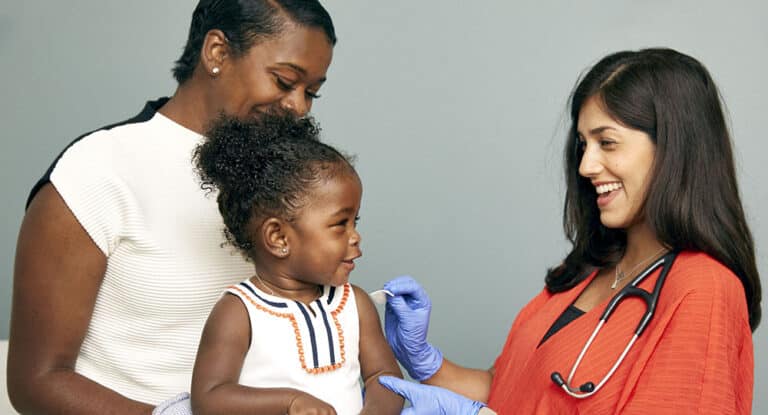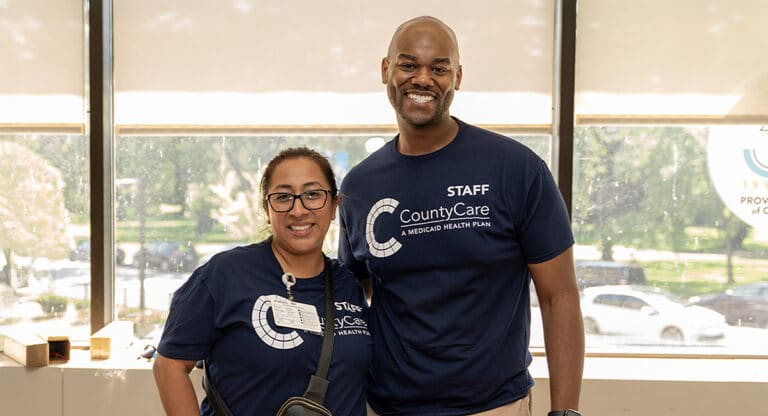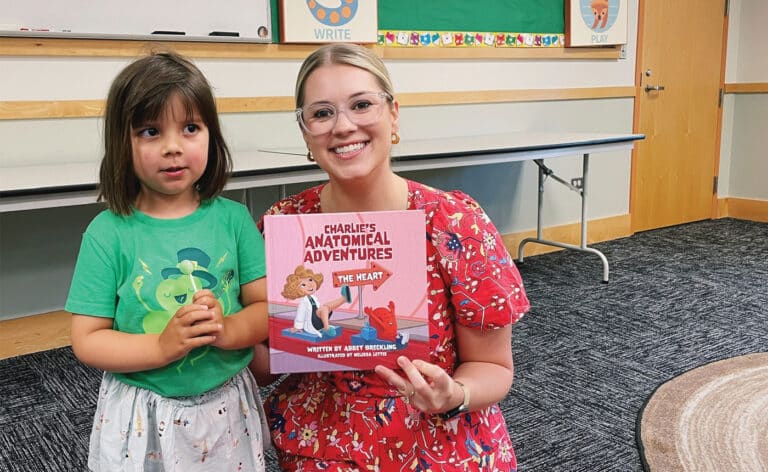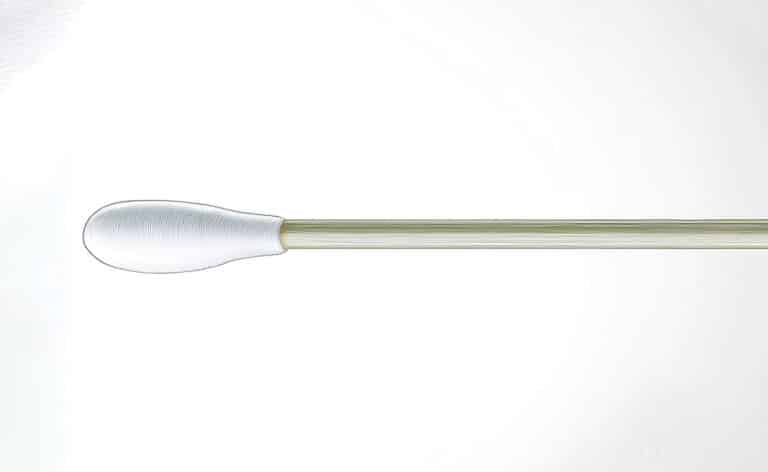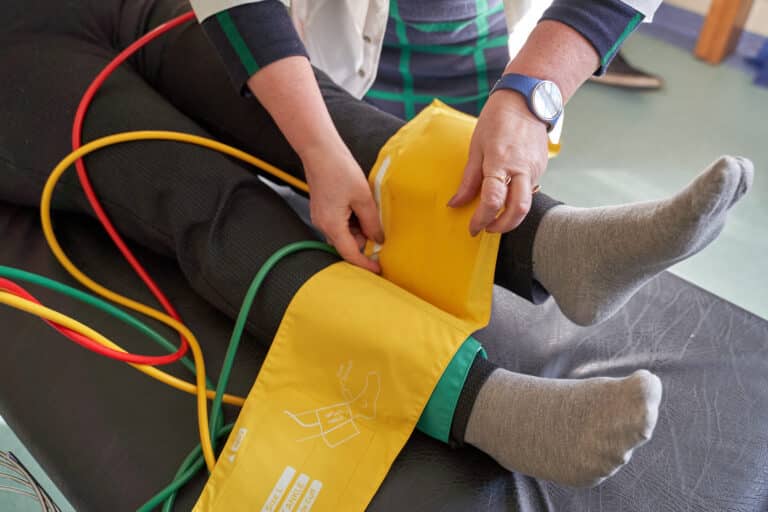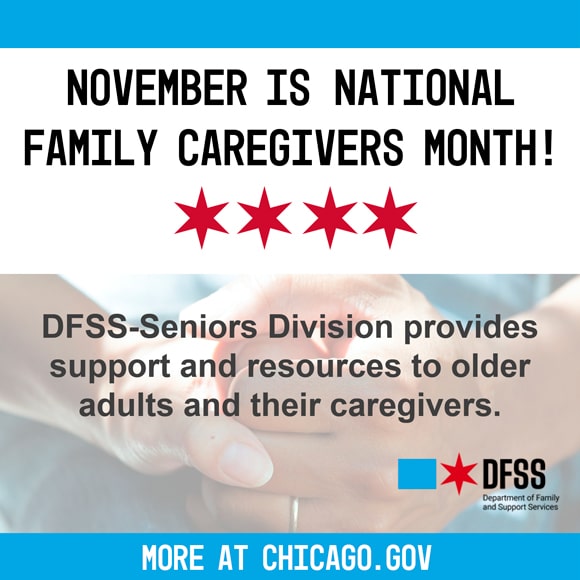October is National Breast Cancer Awareness Month. Terri Yablonsky Stat talked to Dr. Nora Hansen, surgical oncologist, Breast Surgery Division at Northwestern University Feinberg School of Medicine about what every woman should know about preventing and treating breast cancer.
TYS: What can women do to prevent breast cancer?
Dr. Hansen: The biggest thing is being aware of what your breasts feel like and getting comfortable with the self-exam so if there’s a change, you’ll seek medical attention. Lots of women are afraid of self-exams because [to them] everything feels like a lump. Examine your breasts at the same time each month so you know what they feel like at that particular [cycle]. Then if there’s a change, you’ll notice it. You should still have a breast exam by a gynecologist once a year. If you have a strong family history of breast cancer, think about being seen in a high-risk breast program that evaluates family history and your short- and long-term risk. If your risk is high enough, you should get more frequent screenings.
I still think mammograms are important and one of the best ways to identify cancer at an early stage. Start your screening for mammograms once you’re 40. There’s some controversy over what age to start. We are in agreement with a lot of other cancer societies that once you’re 40, you should get yearly mammograms.
Awareness is the most important strategy. I can’t tell you how many women find their own breast cancer because they find something that’s changed. Particularly for young women, if you find something, don’t ignore it and say you’re too young. If it doesn’t feel right and won’t go away, then seek medical attention.
TYS: What advice do you have for treating breast cancer once a diagnosis occurs?
Dr. Hansen: We always give patients options in terms of surgery. There are two main choices: breast conservation or mastectomy, i.e., saving the breast versus removing it. They’re equal in terms of survival. I see lots of women diagnosed who immediately want to remove both breasts. We talk them through what that means and explain that removing both doesn’t necessarily improve survival chances. We try to take the fear [away] and treat successfully without always removing both breasts. However, there are some instances where removing both breasts is needed. Patients need to understand the difference between the two types of surgery and their impact on survival. Fear should not guide decision-making.
Contrary to what many patients think, breast cancer is not an immediate emergency diagnosis. Waiting a few weeks here and there to get them comfortable with their treatment plan is fine. From a psychological standpoint, it is an emergency and overwhelming, but from a biological standpoint, there’s time to make an informed decision. There are some cancers that are more aggressive, but overall, nothing needs to be done urgently.
It’s important that women see someone who is comfortable dealing with breast cancer and treats patients all the time. I advise women to go to a comprehensive breast center that has a multidisciplinary team approach to breast cancer. That doesn’t mean the first meeting is with five different people, but the center should have access to all treatment modalities including medical oncology, radiation oncology, surgical oncology and supportive services to meet their needs in terms of counseling and supportive care. For patients with a family history of breast cancer, having access to genetic testing is important, too, for treatment planning. Once a patient with a family history is diagnosed, we recommend [the genetic testing before deciding on the type of surgery].
TYS: What is the biggest mistake that patients make once they are diagnosed?
Dr. Hansen: They rush into things too quickly, and they don’t get all the information they need to make a well-educated decision. They act on fear. In addition, if a woman has an abnormal mammogram [she] should have a core needle biopsy. Some patients go right to the operating room (OR), but it’s much better to diagnose cancer with a needle so you can make a correct surgical choice and not have to go to the OR multiple times. If you feel a lump or have an abnormal mammogram and your doctor wants to send you to the OR, ask [to first have a needle biopsy]. If [it] turns out to be cancer, it gives you a better choice of options for surgery and [possibly will require] fewer trips to the OR.




